This is a copy of the description I had originally posted on the flickr page
Thought it would be nice to have it here after all.
There is still no "about me" on this site anyway.
And the little description felt a bit long for flickr.
Well,
I started shooting at around four or five. I was allowed to use my father's Praktina FX, (the first system camera in the world). I have two of them now. Every few years I take them out of their case and shoot a little bit with them. It is slow and very bare bone photography. No light metering. No way to precisely set focus. Not even by looking through the lens.
After firing a shot, the mirror needs to be brought back into position in several turns of a dial.
But the lenses are pretty amazing. Imagine a F2.8/180 Zeiss Sonnar. Designed in the 30s. Yes, Zeiss in Jena manufactured some pretty nice lenses for that camera.
My father had a Zeiss Jena F2.8/50.
I remember spending hours staring at the world through the finder of the camera and just shifting focus. Moving around that layer that was allowed to become the main element of the picture I could have made.
I have shot with many small cameras. A small nikon about 20 years ago. Then an Olympus Miu.
Eventually decided to find out what it would be like to shoot with a Leica. I really wanted to buy an M camera, but it felt too much like a weapon at that time, and with about $2000 for the body, it was also incredibly expensive.
I ended up buying a Leica Minilux. The one with the Summarit 2.4/40.
And I loved what happened to the world. I was so impressed by the way the lens of this camera rendered the outside that my review on Amazon read like it had been written by a crazy person.
My little silver minilux was eventually stolen. I found someone who sold me his black one. The man did not understand how much I loved the little camera.
I tried other film cameras as well. Some were borrowed. Some are still part of my collection. My creative director let me use his Contax G2 for several weeks. It is an incredible camera somehow.
I bought the Yashica Electro 35GS. It was through the LOMO people. It even came with a sticker that it had been part of the equipment of USS Midway.
I wish it managed to focus properly. And the color rendition. Hmm... Well...
The camera is more of a historic artifact than a working machine.
I also purchased a Graflex Crowngraphic. The suitcase it is stored in might weigh something like 20 pounds? I never had the courage to actually shoot film with it. Only polaroids. Pretty great polaroids though.
And then there was also the Hasselblad. I love the 501CM. It takes beautiful pictures. It is a solid, heavy, incredible object.
One to take to the moon indeed.
I hope for a proper digital back for it one day. Not the ones available now. They do not seem right. They just do not seem right.
Yes digital changed things. Changed everything.
It became more and more difficult to handle film. I also found out that the seemingly trusty store on the corner that had been handling and scanning my 35mm films, has also been scratching the negatives because of unclean equipment.
All my scans were actually retouched to cover that blunder.
I have been developing all of my film with Duggal since. They do a great job. Obviously.
So back to the smaller cameras.
I eventually bought a Canon S70. It felt a bit like the Olympus miu. The clamshell design made it possible to keep the camera on me at all times. And probably most of the pictures here were taken with the S70. It was a trusty little camera. And I have to say that I enjoyed the shape of it, the quiet operation and also the dynamic range. But the chip was pretty small. And the barrel distortion was a bit of a joke.
I actually wanted a Leica again. Even a small one would be nice. And so typically, I got a D-Lux 3 for my wife.
Then, in January of 2009, I finally bought a D-Lux 4. At the camera store in the A terminal of the Frankfurt Airport.
The camera had just been released a short while before that, and the first firmware made it shoot in some crazy color. Especially the reds were pretty, how do I say it... bad.
Software updates eventually fixed the little guy. And I also discovered that a wide angle extension could actually be applied to the lens. (Okay, let's not mention the barrel distortion on that one. It was so horrible, no wonder Leica never endorsed it.)
And so I shot with the D-Lux 4 a good bit. And it is a fine camera. We got to know each other better and better. I can only recommend it. It is very nice for macro photography actually. And also rather nice for very quick jotting down of visual ideas. Oh, and the ability to record HD movies should not be underestimated.
A stealthy, very quiet little friend, that D-Lux 4. And the wide angle extension is a bit of a secret gem. (It does not show up in the EXIF data. So some of the info that comes with the pictures here might be not completely accurate.)
In September of 2009 Leica announced the M9. And it felt as if the circle could finally be closed. I could at last get a "proper" Leica. I could shoot in what could potentially feel like film again? And I could get access to that kind of lens quality I had somehow briefly experienced with the minilux. (Silly, I know.)
It took me almost a year, (actually 364 days,) to finally manage to buy an M9. I could have bought one sooner, of course. I could have paid more. Or I could have bought the silver edition I happened to come across in Frankfurt Airport again.
So I have an M9 since 9/8/2010. (Or 8.9.10) And the two lenses I use it with are a Voigtländer Nokton F1.1/50 as well as a Summicron F2/28.
The Nokton is incredibly difficult to handle properly. It is capable of producing such shallow depth of field, that precise shots need a setup that results in photographer lag. Or they are just lucky.
The Summicron is much wider, not as fast, and so incredibly forgiving.
It is also much smaller. And it is lighter. It is pretty lovely.
I somehow know that the camera journey is not going to end here. But I am happier than ever with the quality I am getting out of the M9.
It is not as quiet as I had expected. Compared to the virtually silent digital cameras I have used before it has a pretty noisy shutter.
But because it has pretty much no detectable shutter lag, I keep messing up pictures, because I fire off too quickly, having been trained by my randomly focussing pocket friends.
Oh yes, the manual focus. It is actually much better than I had expected. I am learning to estimate distances again. (Though I had to shoot completely static objects, like trash in the street, for more than a week, just to give myself an introduction.)
Now I am beginning to admire the ergonomics and the logic behind the Leica rangefinder.
I can feel how that sense of wonder and connection to the world is slowly being brought back somewhere between the shots.
And the M9 somehow gave me no buyer's remorse. It surpassed my expectations many ways.
I feel like I have some catching up to do. I can not hide behind the faults and limitations of the equipment. The things I want to shoot in the street, I suddenly seem to be able to shoot somehow. Well, almost. Hopefully soon.
Anybody who says that the camera equipment does not matter at all, most likely uses better equipment than the person they are telling that it does not matter.
Photography is obviously not only about technology. One should not be tempted to believe the marketing of camera manufacturers completely.
I would not be surprised if more personally relevant moments are captured on phones now than on actual photographic equipment.
But there is still some strange magic to making pictures that are based on reality. They appear so close to it, that they seem to be part of it. And yet they are really not.
I do believe that photographs are actually made, not simply taken.
And I just love making photographs.
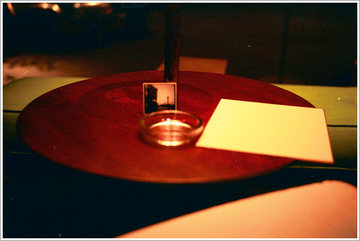
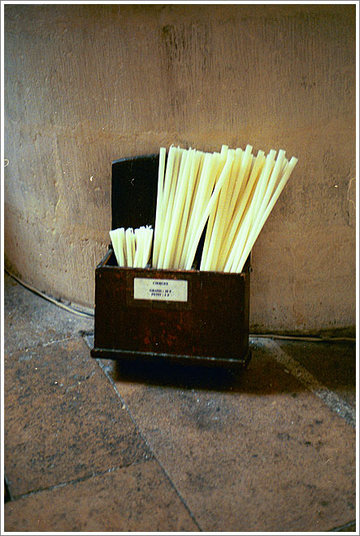
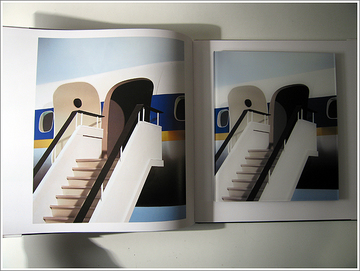
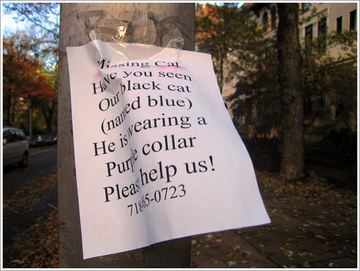
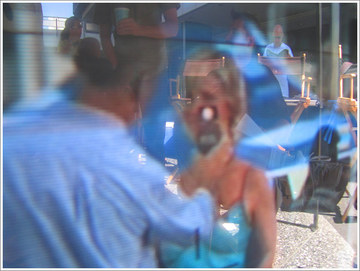
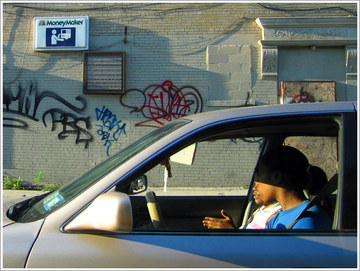
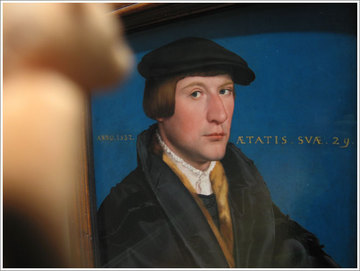
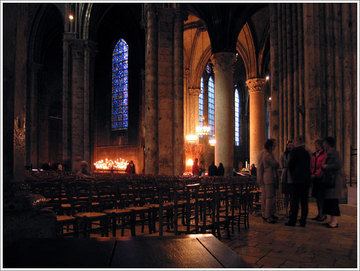
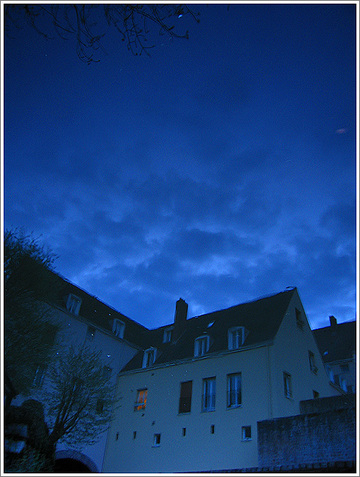
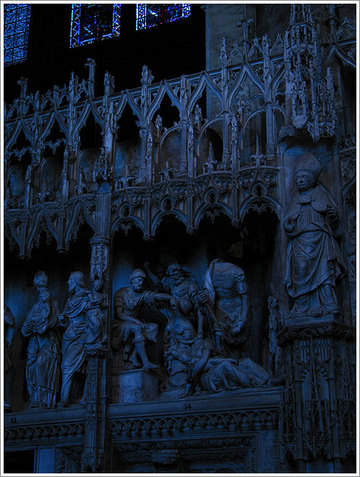
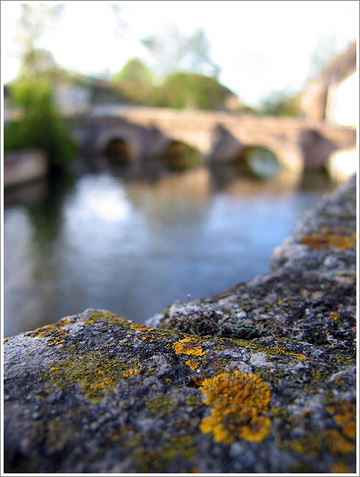
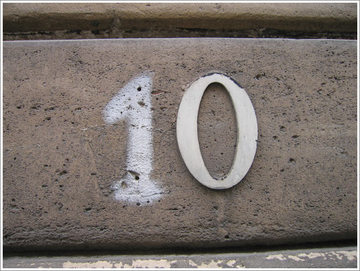
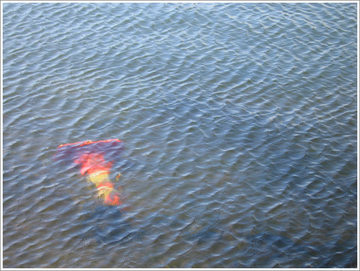
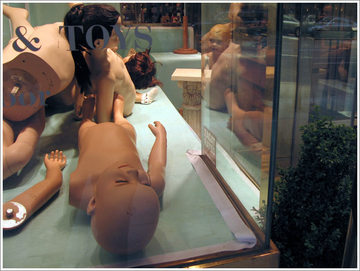
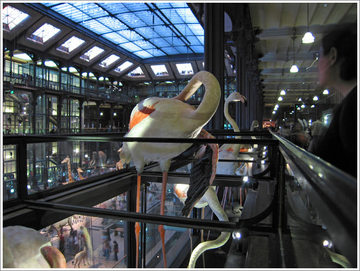
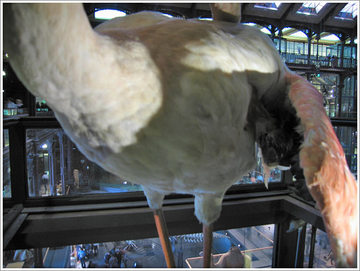
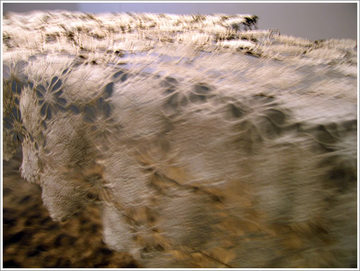
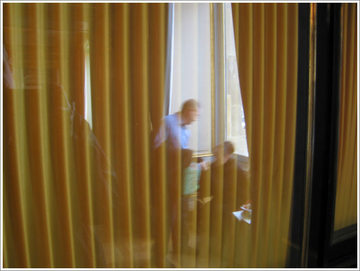
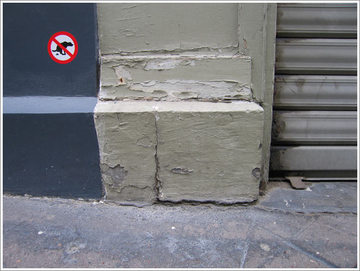
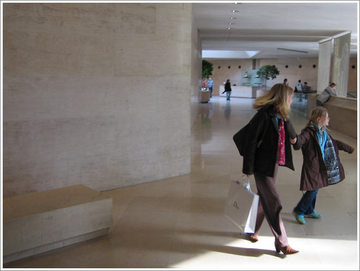
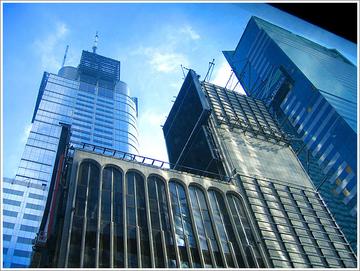
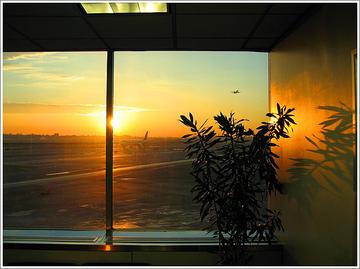
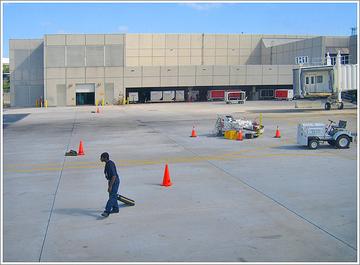
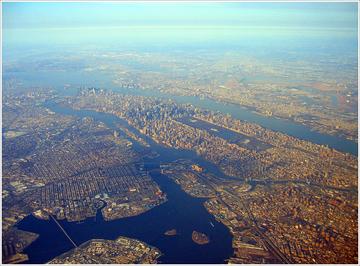
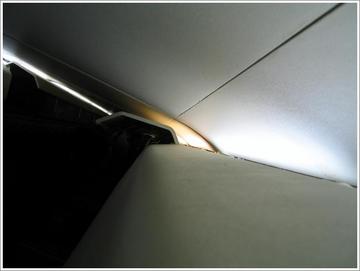
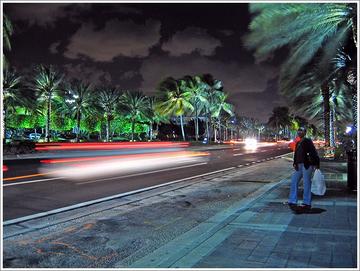
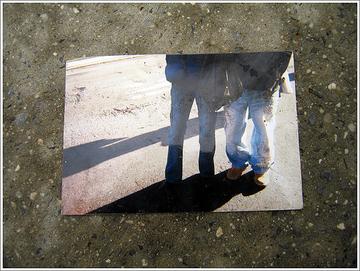
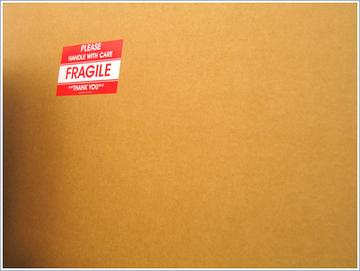
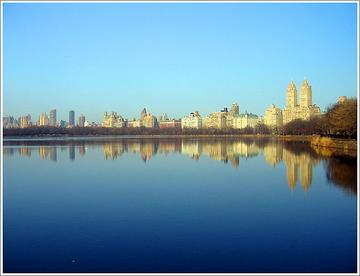
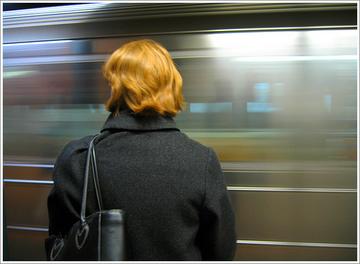
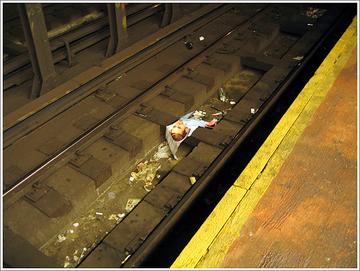
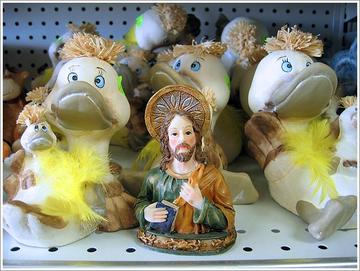
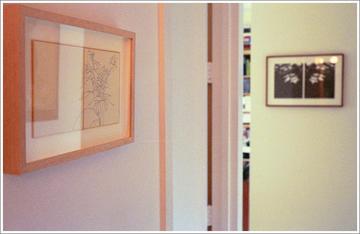
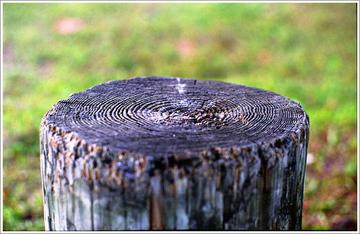
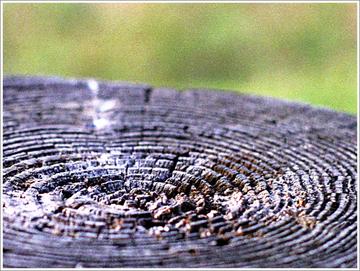
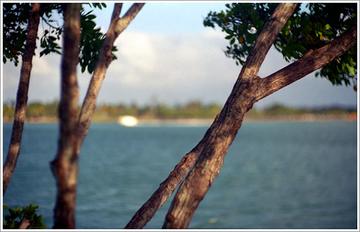
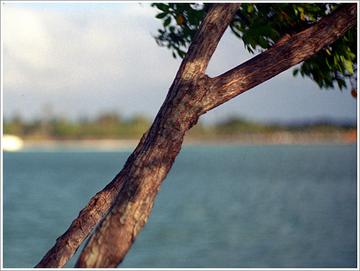
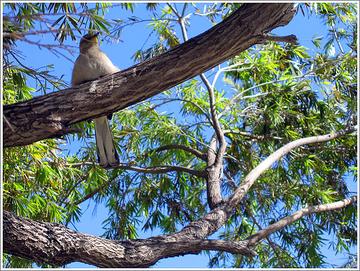
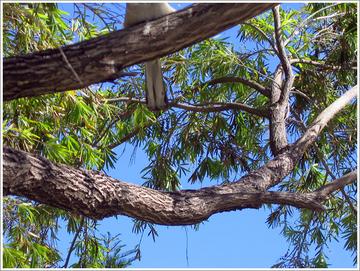
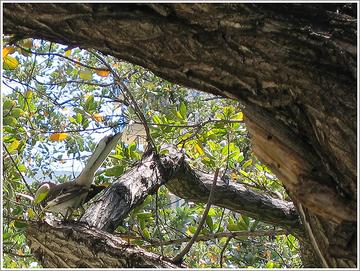
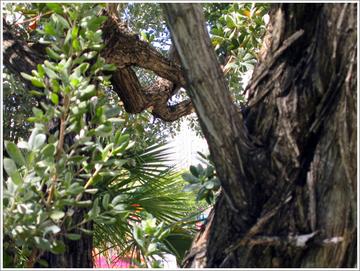
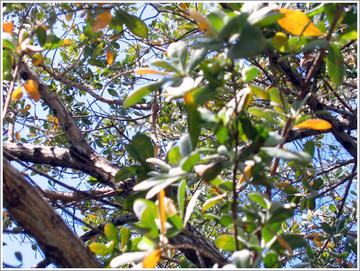
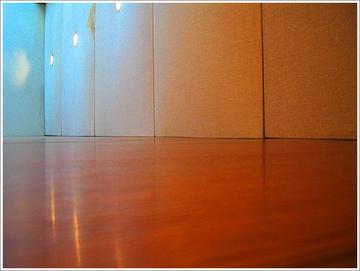
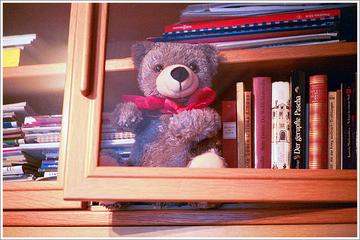
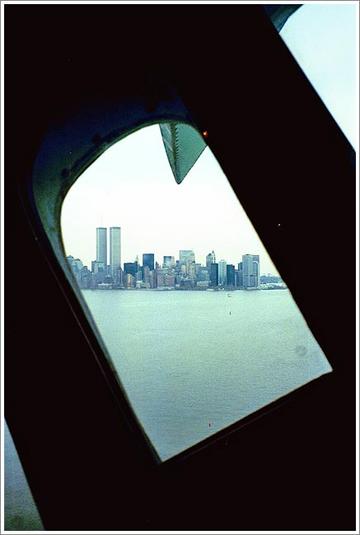
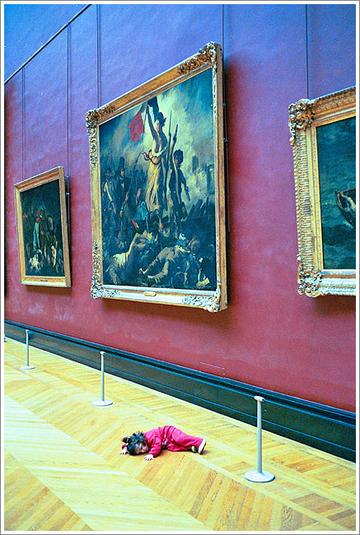
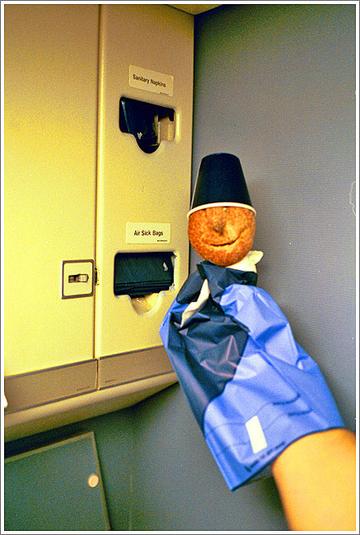
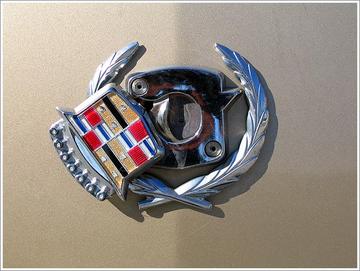
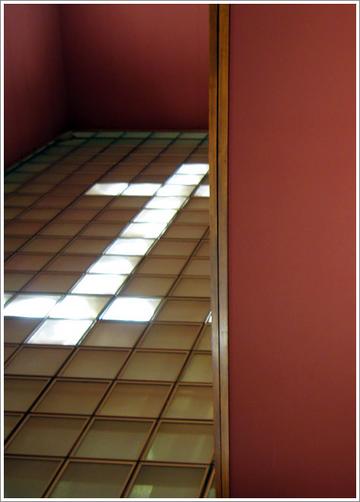
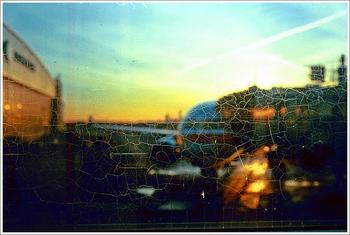
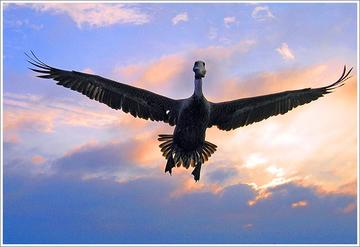
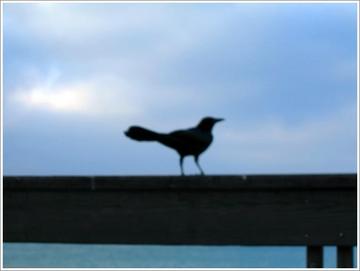
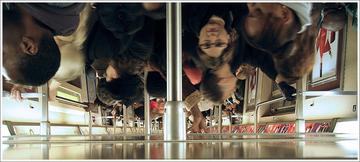
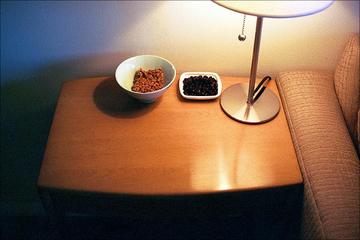
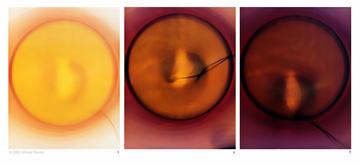
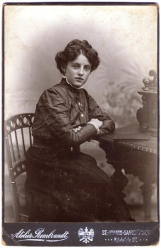
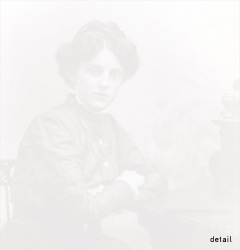
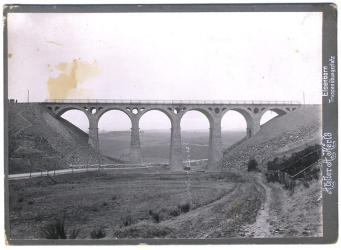


too long to read... sorry.
Thank you Chris. I tried to make it look shorter. ; ) If you still have problems, just call me up and I can read the whole story to you.